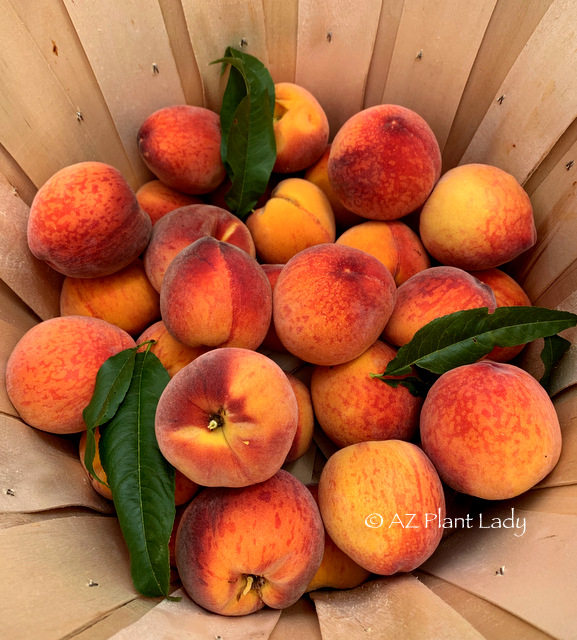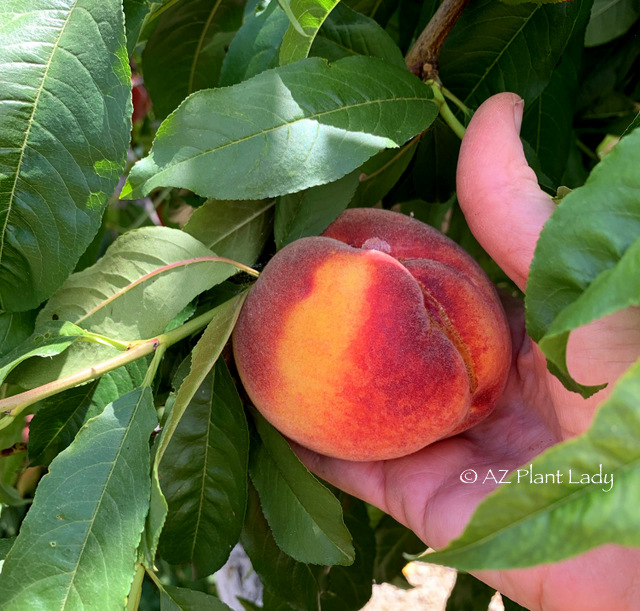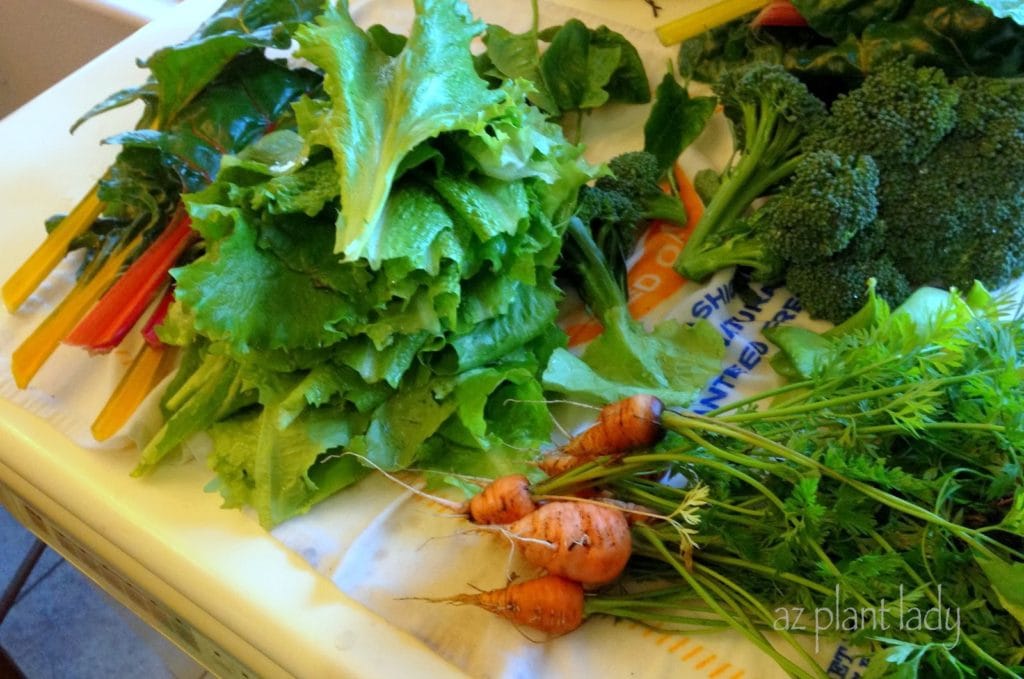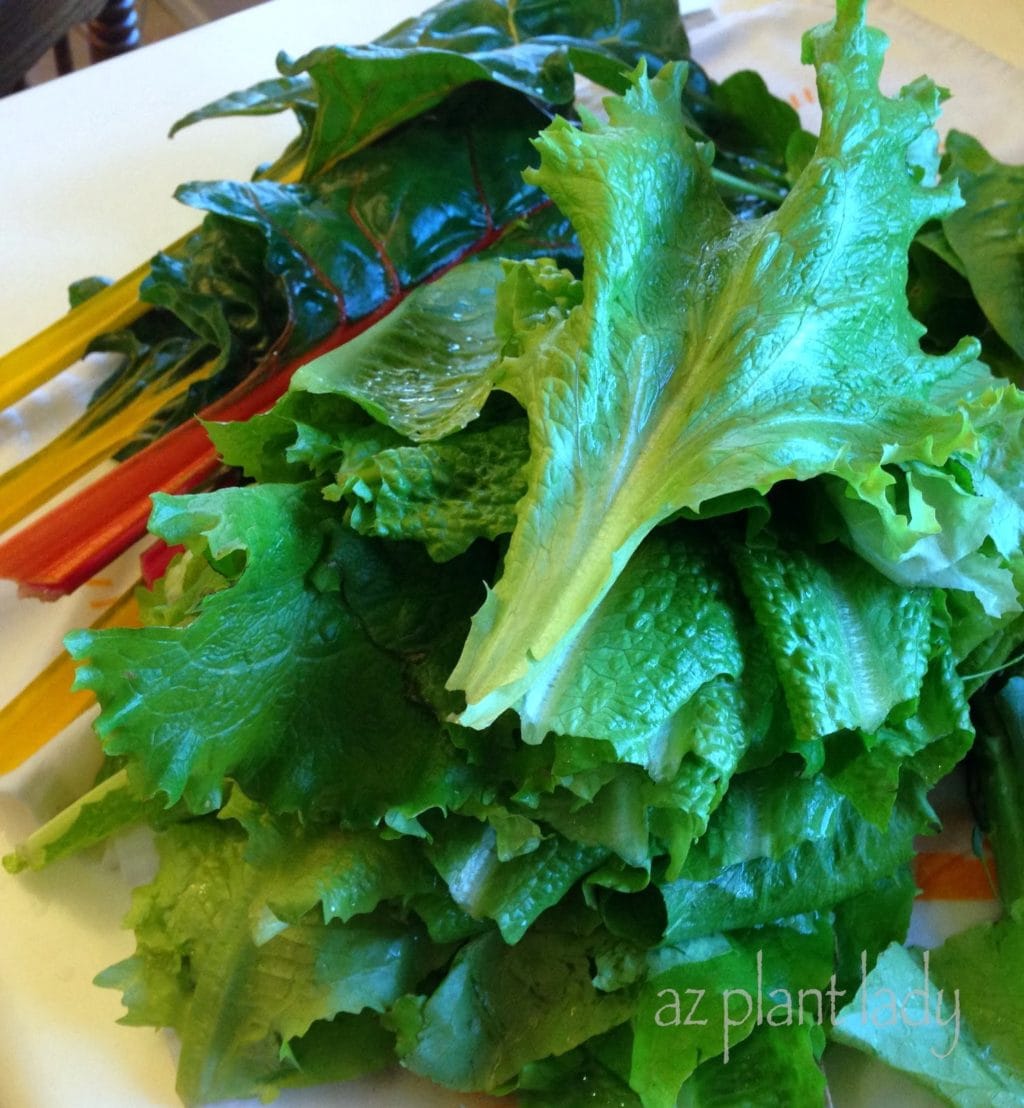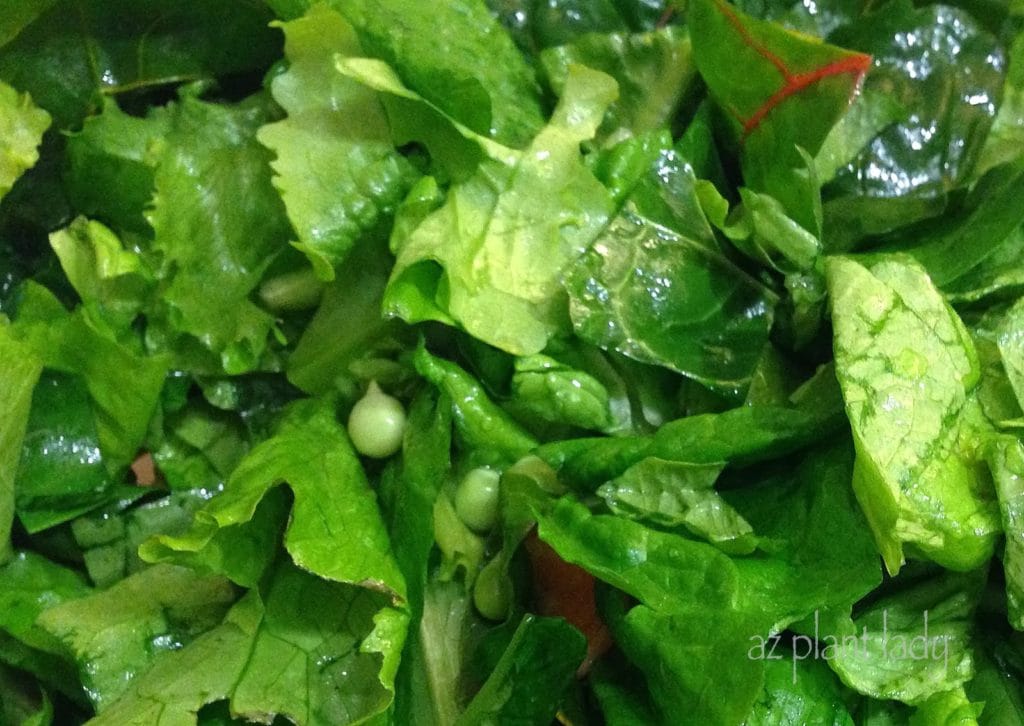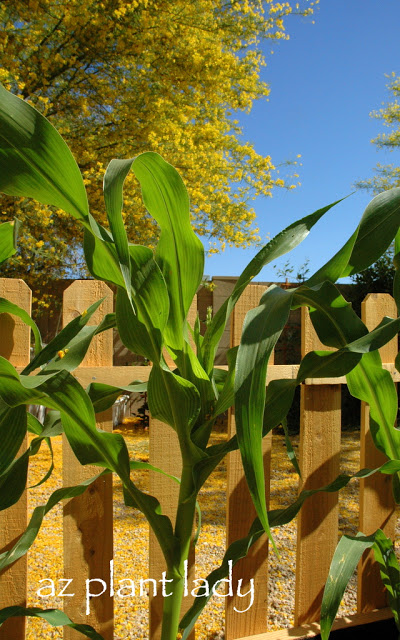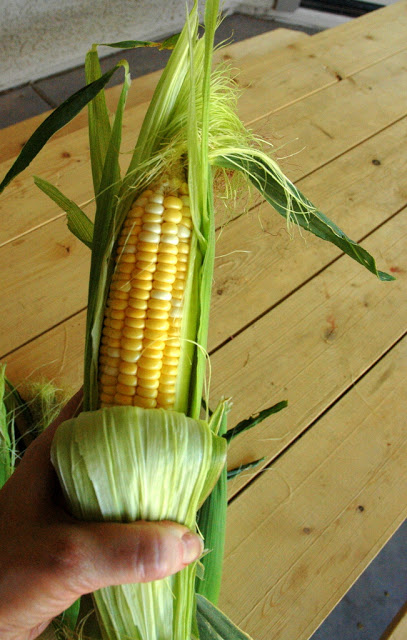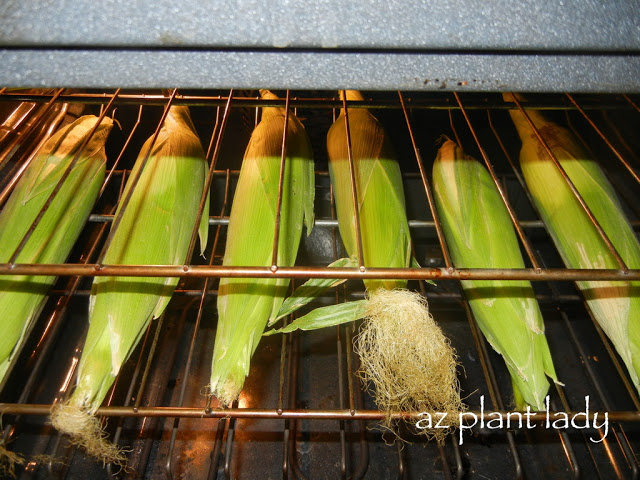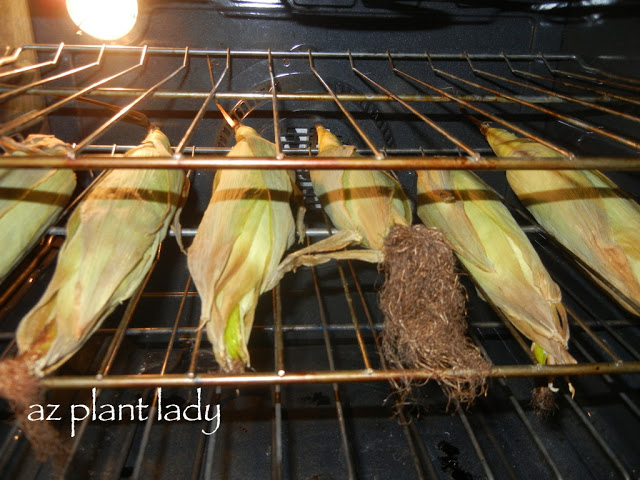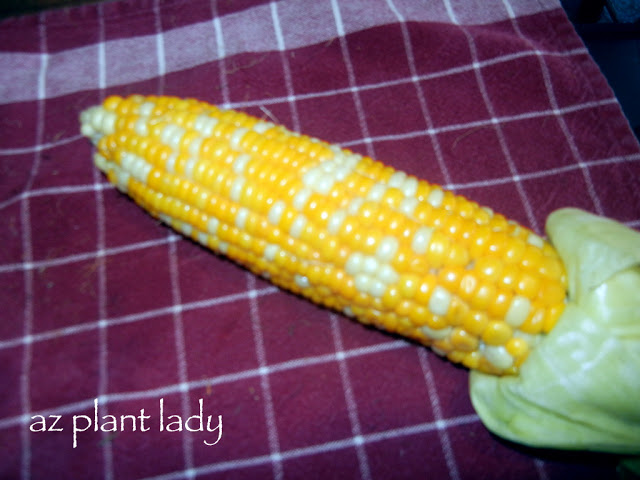Elevate Your Culinary Creations with Herb Salt
Do you like to use herbs to flavor your favorite dishes? If so, then you’ll want to try herb salt.
Unveiling Herb Salts – Nature’s Flavorful Blend
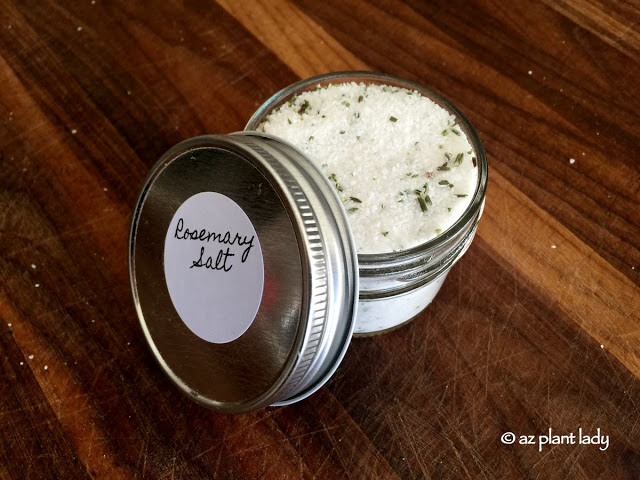
So what are herb salts, you may wonder?
They are a mix of the herb of your choice combined with kosher or sea salt and they add delicious flavor to food.
In short, they capture the fresh flavor of herbs and are used in place of regular salt.
Herb salts are easy to create and they make great gifts.
I like to make herb salts, which includes rosemary salt.
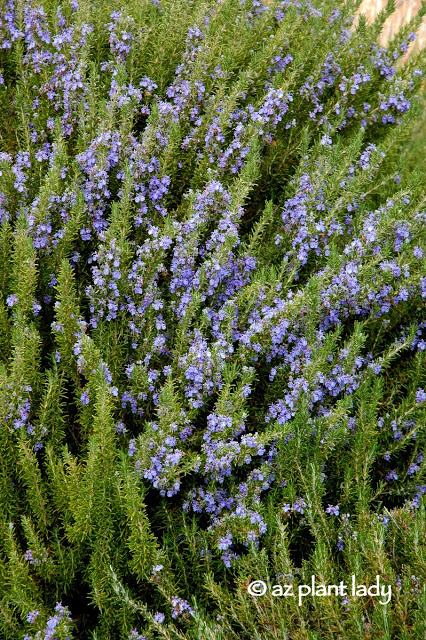
How to Make Rosemary Salt
Since I don’t have a rosemary shrub in my garden, I got some from my sister’s house. All it takes are a few fresh sprigs of rosemary cut from the shrub. (You can also use fresh rosemary from the grocery store).
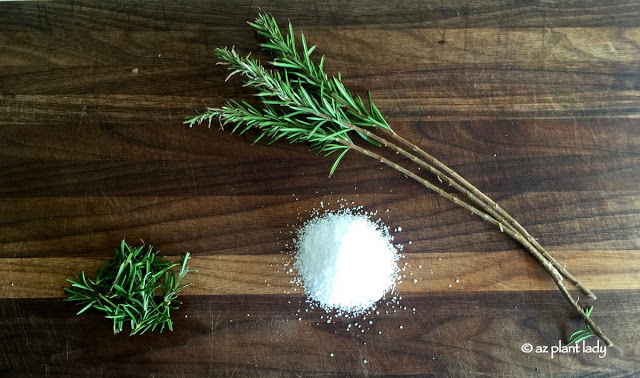
Crafting Your Rosemary Salt
You will need 3 1/3 cups of kosher salt and 1/3 cup of fresh rosemary along with a jar to store it in.
1. Rinse the rosemary sprigs in water.
2. Remove the leaves, starting from the top downward.
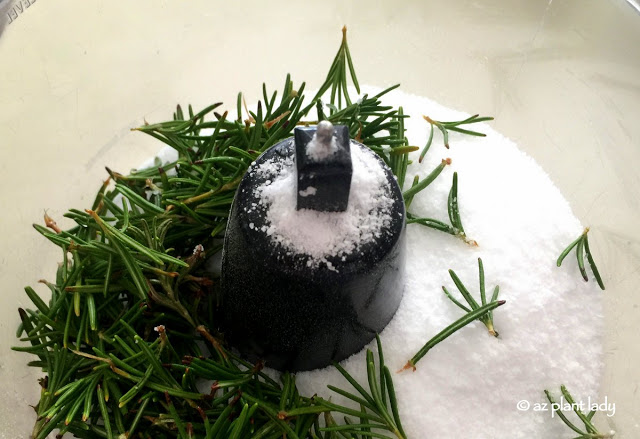
3. Put the rosemary and salt in your food processor and pulse until the rosemary leaves are approximately 1/8 of an inch long.
4. Place the rosemary salt onto a baking sheet and put in an oven that is heated to 200 degrees and bake for 30 minutes.
5. Let the herb salt cool and then put in jars with a lid.
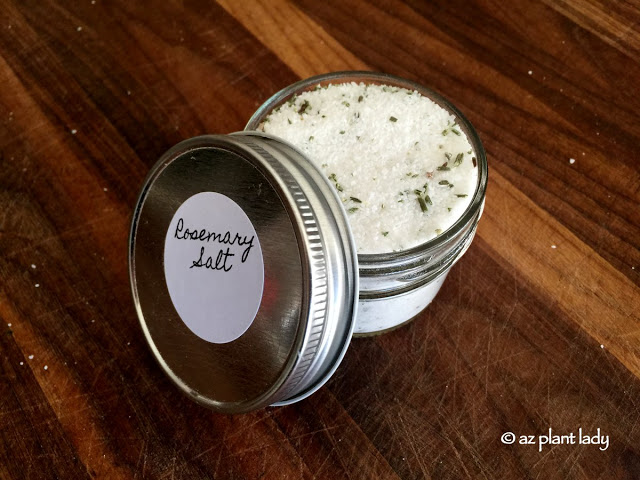
That’s it! I told you it was easy.
Savoring the Rosemary Salt
Rosemary salt tastes great on your favorite meat dish including beef, chicken or pork. I also like to sprinkle it on the top of buttered rolls – yum!
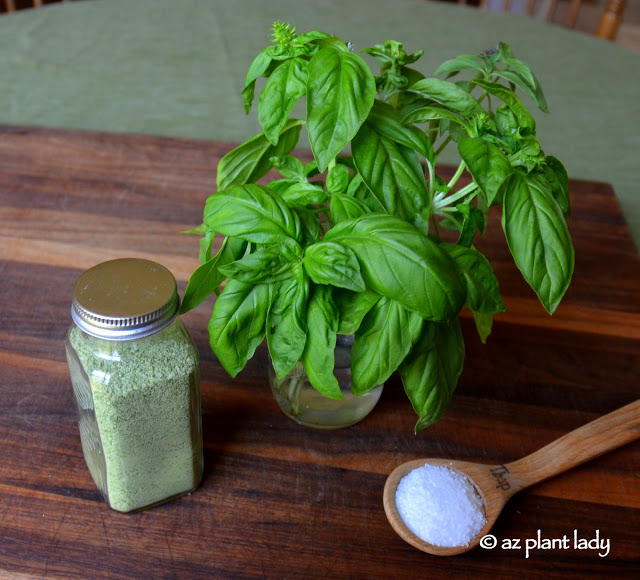
Exploring Herb Varieties for Herb Salt
While rosemary salt is delicious, it is just the beginning – there are other herbs that can be used to make herb salt.
Basil Salt
Basil salt is a great flavoring for Italian dishes such as marinara sauce or sprinkled on pizza.
To learn how to make basil salt, click here.
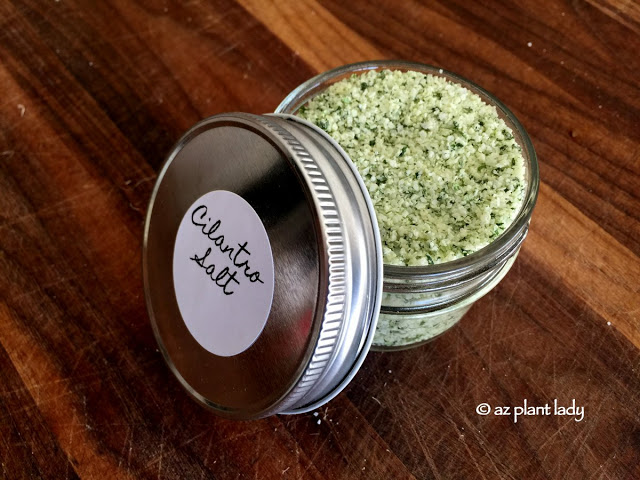
Cilantro Salt
If you love cilantro, how about a sprinkle of cilantro salt on your favorite Mexican dish?
Cilantro is one of those herbs that many people can’t get enough of. Click here for instructions to make your own cilantro salt.
A Tasty Gift-Giving Idea
Whether you choose to cultivate these flavorful herbs in your very own garden, peruse the vibrant offerings at your local farmers market, or simply pick them up during a routine grocery store visit, you’ll find that herb salts are an exquisite and versatile addition to your culinary arsenal. Their delightful blend of herbs and salt can transform everyday meals into gourmet experiences, elevating your cooking to new heights.
Moreover, consider the pleasure of sharing these homemade herb salts with fellow food enthusiasts in your life. As thoughtful, handcrafted gifts, they’re perfect for the ‘foodie’ who values the art of gastronomy. Whether it’s a birthday, holiday, or a simple gesture of appreciation, presenting a jar of herb salt infused with your love and culinary creativity adds a personal touch that’s sure to be savored. So, explore the world of herb salts, and let their aromatic, flavorful essence enhance your dishes and brighten the palates of those you cherish.

